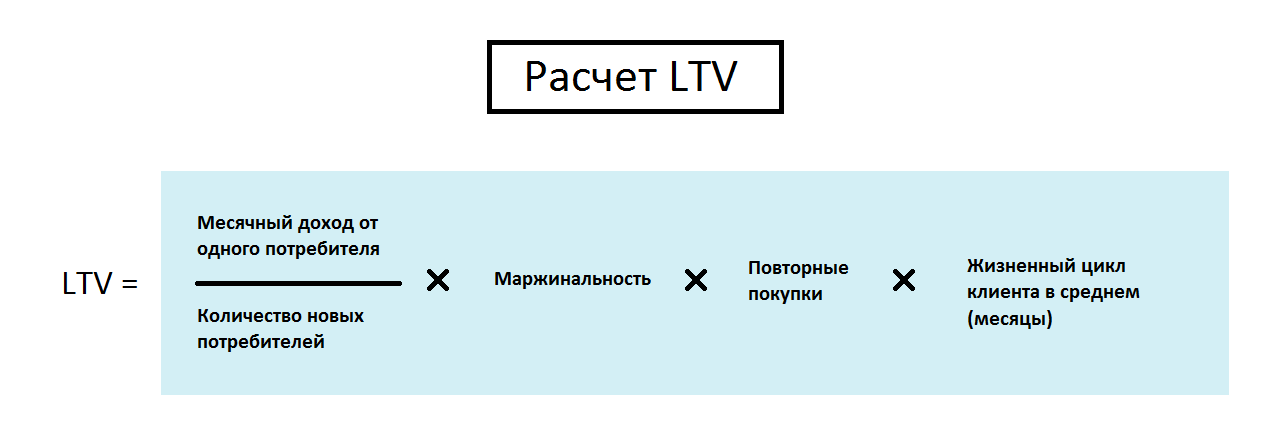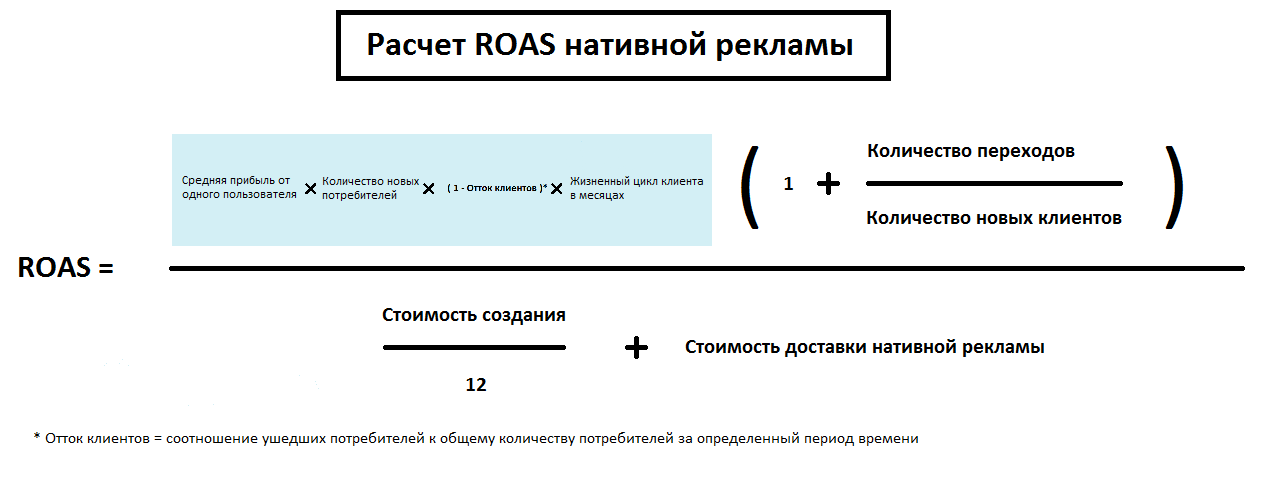How to measure the income from each ruble invested in content

Helps to understand:
- How much does each attracted client cost?
- what channels of advertising you need and what are not,
- what metrics need to be maintained to consider marketing effectiveness.
Transfer of material from StackAdapt to Digiday
How do I measure the financial return on the strength, money and time invested in the distribution of content.
')
The painful question of the whole industry: how to evaluate the effectiveness, which metrics to track? According to the 2014-2015 report from HubSpot's State of Inbound , for 30% of marketers, measuring return on investment in content marketing is a big problem.
Difficulties arise when it is necessary to combine a dry residue in the form of costs, profits and income with the metrics of the wide part of the funnel: brand awareness, engagement, which are traditionally used for content marketing.
What should a marketer do?
ROAS overthrows ROI - but remember LTV
You can calculate ROAS: return on investment in advertising.
You ask, “How is ROAS (Return on advertising spend) better than ROI (Return on investment)?” The concept of ROI appeared in the pre-digital era. Therefore, when applied to digital, it does not assess the effectiveness of online advertising.
ROI implies that it is possible to measure the return on each investment individually. But native advertising is not aimed at obtaining direct profits. The purpose of native advertising is to increase awareness and stimulate conversion.
The ROAS formula is created specifically for advertising and determines the income from each advertising dollar in the context of individual distribution channels. Therefore, in the case of native advertising, it makes sense to apply the ROAS model.
But before that, determine the indicator LTV (Lifetime value), - the cumulative profit from one consumer for all the time of cooperation with him. In online advertising, LTV shows how much one consumer costs the brand in monetary terms. Thus, a marketer can form a budget: estimate how much he spends on attracting one customer in each distribution channel.
LTV allows you to optimize your advertising campaign for maximum effect at minimum cost.
Use the formula:

Next step: ROAS formula. The highlighted field is LTV.

Is done.
As a result, we get the income from each advertising dollar.
Ultimately, the ROAS of native advertising for your business depends on a number of variables. They may vary by industry. Feel free and adapt the formula for yourself. The exception is the number “12”, which indicates the life cycle of the promoted content in months. Leave it as is.
There is hardly a way to calculate the financial return of content that fits all. But we can apply a simple formula for evaluating the effectiveness of native advertising in monetary terms.
Source: https://habr.com/ru/post/299030/
All Articles